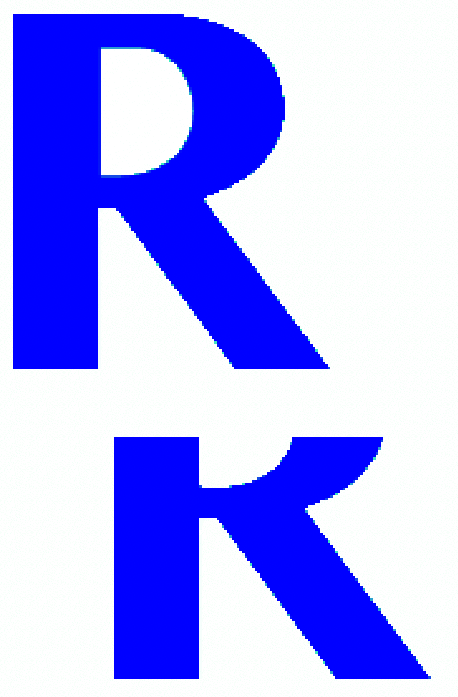Chargé
Nada Tshibwabwa
Nada Tshibwabwa (*1990 in Lubumbashi) is a multidisciplinary artist who works both in visual arts and as a musician. Even if he does not allow himself to be limited thematically, an important part of his artistic work consists in collecting material for his works on long and continuous walks. For Nada Tshibwabwa, these items become the raw material for performance costumes, robots, masks, and more. These works implicitly reflect the violence of today's power relations interwoven with one's own biography, question the possibility of social equilibrium, activate cycles of relationships between humans and nature and weave a communicative web between the past and the present. Raised in Lubumbashi and Kananga, Nada Tshibwabwa moves to Kinshasa after the untimely death of his parents. There he continued to develop his artistic and musical skills as an autodidact and sought the proximity of different craft and artist groups. Among other things, he takes part in the performance festival KINACT and has been part of the artist house Ndaku Ya La Vie Est Belle founded by Eddy Ekete and Aude Bertrand since 2018. Since 2006, he is part of the music group sinda&Nada.
#walkingasperformance #walkingwithwaste #walkinginresponse
Various performances in Democratic Republic of the Congo - Images courtesy of Nada Tschibwabwa
Can you give some background to this project?
I am a visual artist and musician, my name is Tshibwabwa Mutamba François Nada - it is a name that the military of camp sefoïste in the province of the kasai-Central once gave me. I come from a family group of the chief. I inherited the name tshibwabwa from my grandfather of tshibwabwa wa tshisele village. My tshimbulu bena nyimdu grandfather’s role was to walk with a costume made from part of the skin of a leopard during the village rituals. I was born in 1990 and during my childhood many things happened; the repression of Kasaï provence, the capturing of Lubumbashi town by AFDL, the exploitation of cobalt, coltan, coppers uranium, diamond and more. All of these things made me want to respond. I realized the Telephone Man could communicate something without a need for return or benefits.
In 2015, I was inspired to create a map of the Congo from the debris of broken phones. In 2018, I began to make masks from these waste phones, and thereafter, they transformed into full costumes. I created them from a desire to share the force of the spirits of my ancestral village and to communicate with my social environment.
This work uses walking to collect the material - rubbish on the streets - and also uses the streets as a space for presenting the costumes, engaging with the community to discuss their meaning.
Today in Africa, particularly in the Congo Republic DRC, waste is multiplying as far as it can go, the social environment is surrounded by ecological pollution, the subsoil is being destroyed just for the sake of exploitation, with no return apart from the rubbish. If Africa didn't exist, I wonder if the exploiters wouldn't be able to live? The DRC has become the most beautiful garbage dump in Africa.
What is Walking to this work?
How did the passers-by or the participants respond?
When I'm inside the costume I hear different reactions. There are those who are shocked to see this huge human dustbin and also those who are afraid. Many who question what it means to communicate this idea from the most exploited country are also those who are the most afraid. Many of the passers-by recognise the model of their old phone, making them aware of how many phones are broken and replaced. Many support the idea, some others wonder if I'm doing this to exploit my country again, but most of them understand the message well and it teaches them to recognise the limits of our eastern border.
Top: Chargé, performance in Berlin as part of Kunst im Untergrund, 2023 - Images courtesy of Nada Tschibwabwa
Below: Portrait of Nada Tschibwabwa - Image courtesy of Elsa Westreicher








